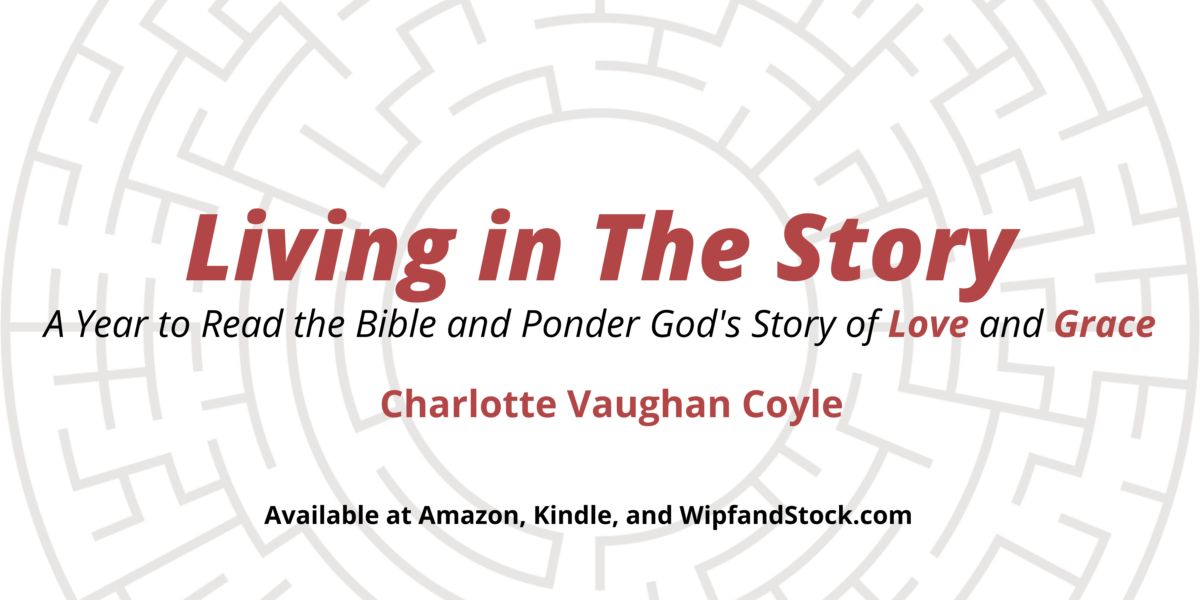We humans are naturals at self-righteousness and we have excellent skills at self-deception. Martin Luther (and Augustine before him) talked about sin as “the self curving in on itself,” Homo incurvatus in se.
This “curving” I think is part of what it means to be human, each of us individually and all of us together. The nations we build, the societies we form, even the churches that are supposed to offer a radical alternative to this universal human tendency—even the church all too often is a “self curving in on itself.”
When the apostle Paul wrote his letter to the church at Rome, his description of human sinfulness was stark and startling. Something like the Genesis description of the downward spiral of humanity in the days of Noah. Something like the heart breaking cries of the psalmist. Something like the systemic brokenness of the world of Jean Valjean in Les Misérables. Something like the ugly realities of ovens of Auschwitz, or killing fields of Cambodia, or slave ships in the Middle Passage. Something like the gut wrenching stories we keep hearing every time we open the newspaper or turn on our TV.
The human condition is shot through with a sense of separation from God, with a reality of estrangement from one another, and with a deep awareness of fragmentation within our own souls. Our bending in upon ourselves is an embedded pattern that perpetuates itself from generation to generation.
Awareness of these realities can spiral us down into despair.
Or this awareness can be the soil within which grace grows roots and redemption bears fruit.
Surely Paul wrote Romans in conversation with the Adam and Eve story in Genesis 3: “Where are you?” the Creator calls, walking in the garden in the cool of the evening. “Where are you? I miss you.”
This sad story says the humans were hiding, their eyes opened to the estrangement that had now come into existence. Their eyes opened to their new independence that felt a lot like isolation. The humans were now untethered and set adrift from the Source of their life. That’s what broken relationship looks like and feels like. These broken relationships are everywhere we turn, and they break our hearts. Or at least, I hope this breaks our heart; I daresay it breaks God’s heart . . .
This God of Justice and Grace is the one upon whom we are called to bend ourselves so that our lives will align with that which is true and good and right and just; so that we may be the body of Christ working God’s work in the world.
Like the priest who offered radical grace to Jean Valjean, we are called to be God’s partners, offering new possibilities in life’s impossible circumstances; called to do God’s work in our broken communities, created to shine God’s light into this stubborn darkness, challenged to inject grace into the vicious cycles of whatever Jean Valjeans may show up on our doorsteps.
And we don’t stop. We don’t stop entrusting ourselves and our families and our communities to the Creator who is still creating and recreating goodness out of our every chaos . . .
Read more at Coyle, Charlotte Vaughan. Living in The Story: A Year to Read the Bible and Ponder God’s Story of Love and Grace (pp. 61-63). Resource Publications. Kindle Edition.

